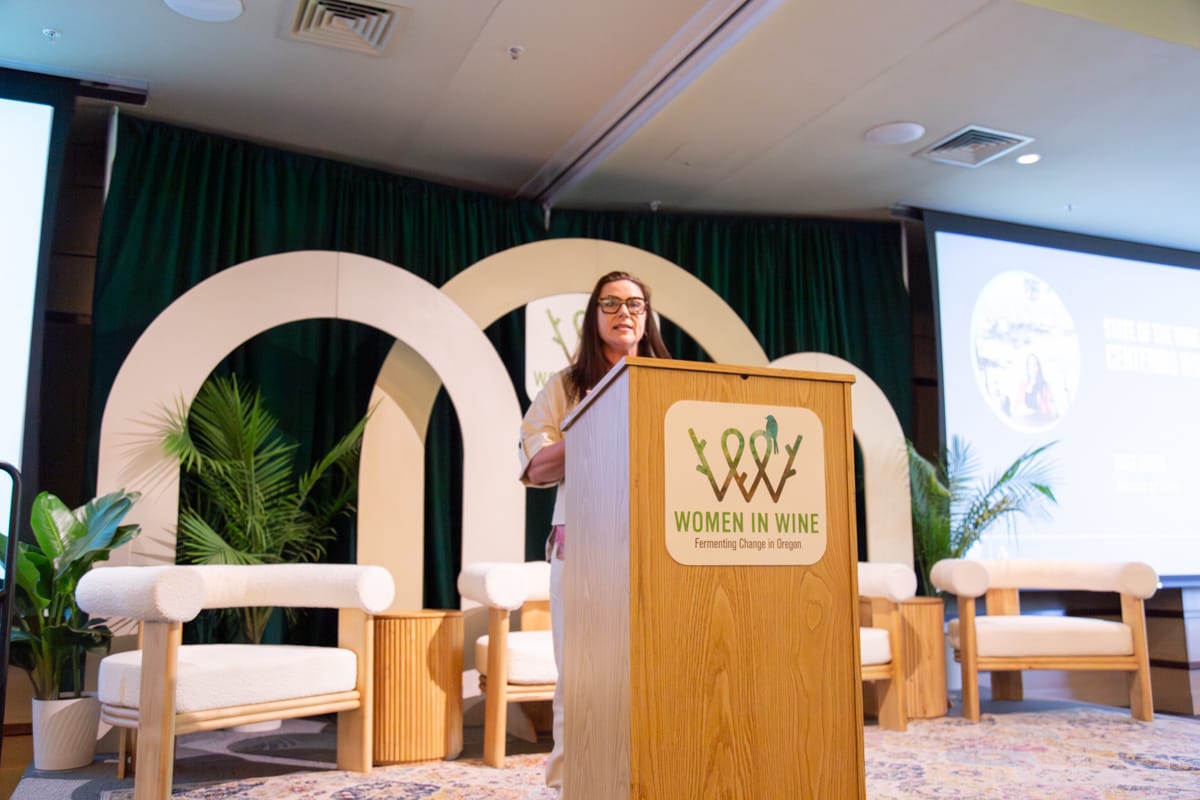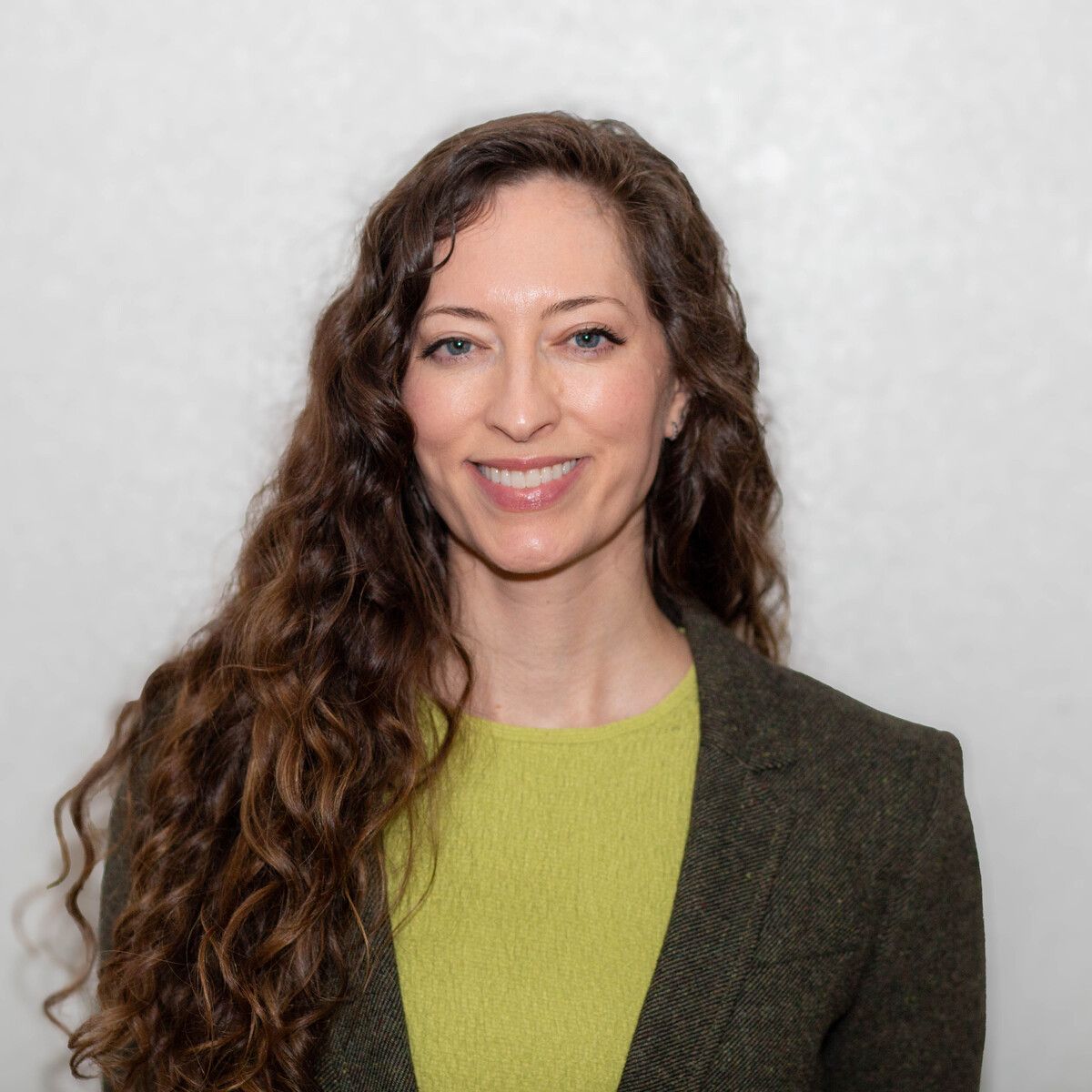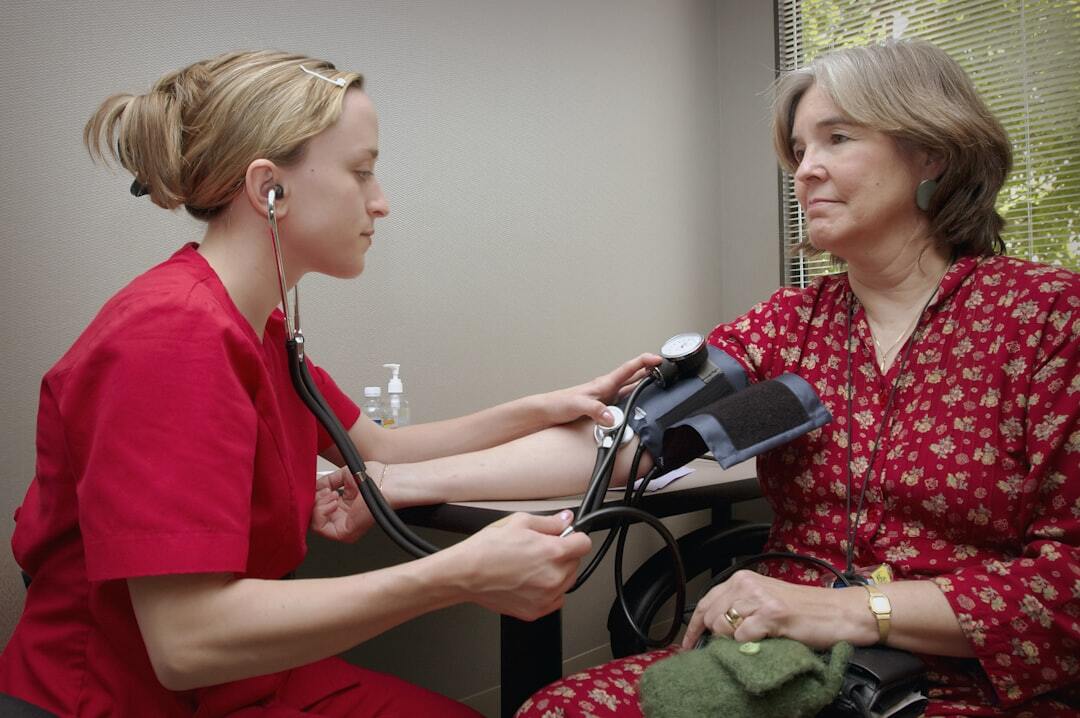
“Increased visibility of women in leadership and expert roles directly inspires more women to pursue and achieve [leadership] positions, enriching our industry with diverse perspectives and innovative thinking,” said Master of Wine Bree Stock at the 2025 Women in Wine conference. | Photo by Cambrie Juarez, Formidable Inc.
What you probably already know: Men have historically dominated leadership roles within the wine industry, representing the majority of winemakers, sommeliers, and executive positions, but demand has long been driven by female consumers. Women’s interest in wine spiked in 1962 when First Lady Jacqueline Kennedy hosted a televised tour of the White House that featured a grand dining table complete with crystal wine glasses. Marketing in the late 1960s and 1970s portrayed table wine as a mark of refined taste, helping boost the popularity of California table wine past that of dessert and fortified wines. While beer still holds first place as the most popular alcoholic beverage in the U.S. (and world) today, the growth of wine consumption has outpaced that of beer over the last four decades, growing from 163 million gallons in 1960 to 913 million in 2015. And women are drinking most of it; the 2021 Wine Market Council Benchmark Segmentation Survey found 59% of U.S. wine consumers were female. Still, women lag behind men when it comes to holding decision-making positions within the wine industry.
Why? Just 4% of wineries around the world are owned by women, according to Bree Stock, the first and only female master of wine in the Pacific Northwest. “Systemic financial barriers to funding for women are amplifying these disparities. Female founders face harsher lending conditions,” Stock said at the Women in Wine conference in Oregon this week. PitchBook NVCA Venture Monitor reported that in the first quarter of 2022, mixed-gender founding startup teams received 15.6% of venture capital dollars (down from 17.1% in 2021) and all-female-founded teams received 2% of venture capital (down from 2.2% in 2021). The figures were even lower for women of color. “Studies repeatedly highlight that women tend to underestimate their professional worth, often accepting lower initial salaries and are less likely to negotiate aggressively for raises and promotions,” Stock said. “This tendency stems from social conditioning which frequently penalizes women who assertively negotiate, labeling them as difficult, overly aggressive or ambitious — as if that were a negative.”
Women currently hold over 30% of executive winemaker roles in Oregon, up from 17% in 2017, said Stock. But stark salary disparities persist within the industry. A 2022 survey carried out by a Linfield University professor found female executive winemakers made 13% less than men and female national sales directors made 34% less. A man serving as president or general manager at an Oregon winery made 27% more than their female counterparts. The pay gap among tasting room managers had closed to within 2% in 2019, but widened to 9% three years later.
What it means: “Oregon performs better from a participation perspective globally where women hold just 25% of executive wine positions and in other regions just 15% of executive winemakers are women, so we are double that. That really should be celebrated,” said Stock. But she added that financial barriers holding women back from winery ownership are hobbling the potential for innovation within the industry. A limited number of female voices within wine-centric media outlets and publications are also negatively impacting the broader narrative and consumer optics. “Historically dominated by male voices, these influential platforms often perpetuate male-centric perspectives, marginalizing women's achievements and reinforcing biases,” said Stock. “Greater representation of women editors and writers is vital for shaping inclusive narratives, promoting diverse perspectives and accurately reflecting the industry's evolution.
What happens now? Gender equity within the wine industry is improving. Women and men are entering professional wine programs at an equal rate, with both Kedge Business School and the University of California, Davis reporting 50% female enrollment in enology and viticulture. Stock said she’s also encouraged by a global increase in female representation across elite professional expertise ratings, with women accounting for nearly half of all new masters of wine in recent years. Leading industry groups on the West Coast, including the California-based Wine Institute and Washington Wine Commission, are also currently headed by women directors. “This is a rarity when you look at European regions and countries that are all helmed by men, underscoring the progressive and pivotal role that our regions can play in a global wine conversation,” said Stock.



